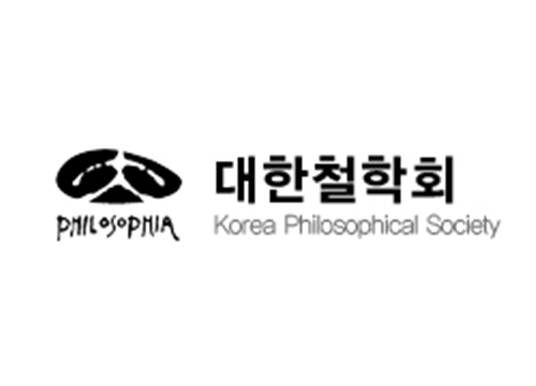마왕퇴백서 『주역』 「계사」편의 도기론과 태극론
The “Essay on Dao and Qi” and the “Essay on Taiji” in the “Xici” Chapter of the Mawangdui Zhouyi Silk Texts
이승률
경북대학교 철학과
철학연구
2024, vol.169, pp. 273-317 (45 pages)
10.20293/jokps.2024.169.273
대한철학회
초록
통일진~전한초기에 유가는 『주역』을 이용해 유가 최초로 두 세계관을 수립한다. 하나는 ‘도기론(道器論)’이고, 다른 하나는 ‘태극론(太極論)’이다. 이것을 담고 있는 현존 최고(最古)의 문헌이 바로 마왕퇴백서 『주역』 「계사」편이다. 도기론은 형이상의 ‘도(道)’와 형이하의 ‘기(器)’라는 이부 세계관으로 구성돼 있다. 또 이것은 ①‘도’의 영역, ②‘건곤(乾坤)・변(變)・통(通)・상(象)’이라는 『주역』의 영역, ③‘기(器)’라는 만물의 영역, ④인간의 영역이라는 사부 구조로 돼 있다. 인간의 영역은 다시 ‘법’이라는 사회・정치의 영역과 ‘신(神)’이라는 주술・신앙의 영역으로 세분된다. ①은 형이상의 세계이고, ②・③・④는 형이하의 세계다. 여기서 문제는 도기론에서 형이상의 ‘도’의 세계와 형이하의 ‘기’의 세계는 존재론적으로 주재・피주재의 관계로 설정돼 있지만, 사부 구조 내에서 『주역』・만물・인간이라는 영역 간의 관계는 명확히 설정돼 있지 않고 파편화돼 있다는 점이다. 태극론은 사부 구조 중 형이하의 세계에서 파편화되고 무관계한 것처럼 보이는 영역 간의 관계를 명확한 형태로 이어주면서, 합리와 비합리의 세계를 통합하기 위해 유가가 새롭게 고안한 이론이라고 할 수 있다.
From the unified Qin (秦) to the early western Han (漢) period, Confucianists used the Zhouyi (周易) to establish the first two Confucian worldviews. One is the “essay on dao and qi” (道器論) and the other is the “essay on taiji” (太極論). The oldest extant document containing it is, as is well known, the “Xici” (繫辭) Chapter of the Mawangdui (馬王堆) Zhouyi Silk Texts. The “essay on dao and qi” consists of a two-part worldview: the Way or dao as “that which is above forms” (形而上) and “implements” (qi) which are “those which are below forms” (形而下). It also has a four-part structure: (1) the realm of the Way, (2) the realm of the Zhouyi (qian kun 乾坤, bian 變, tong 通, xiang 象), (3) the realm of all things called “qi,” and (4) the realm of human beings. The realm of human beings is further subdivided into the social and political realm of “fa 法” and the magical and belief realm of “shen 神”. (1) is the world of “that which is above forms,” and (2), (3), and (4) are the world of “those which are below forms”. The problem here is that in the “essay on dao and qi,” the world of “that which is above forms” and the world of “those which are below forms” are set in an ontological relationship of presiding and being presided over, but within the four-part structure, the relationship between the realms of Zhouyi, all things, and human beings is not clearly defined but fragmented. The “essay on taiji” was probably newly devised by Confucianists to unify the reasonable and unreasonable worlds, while clearly connecting the various relationships between the seemingly fragmented and unrelated realms in the world of “those which are below forms” within the four-part structure.

